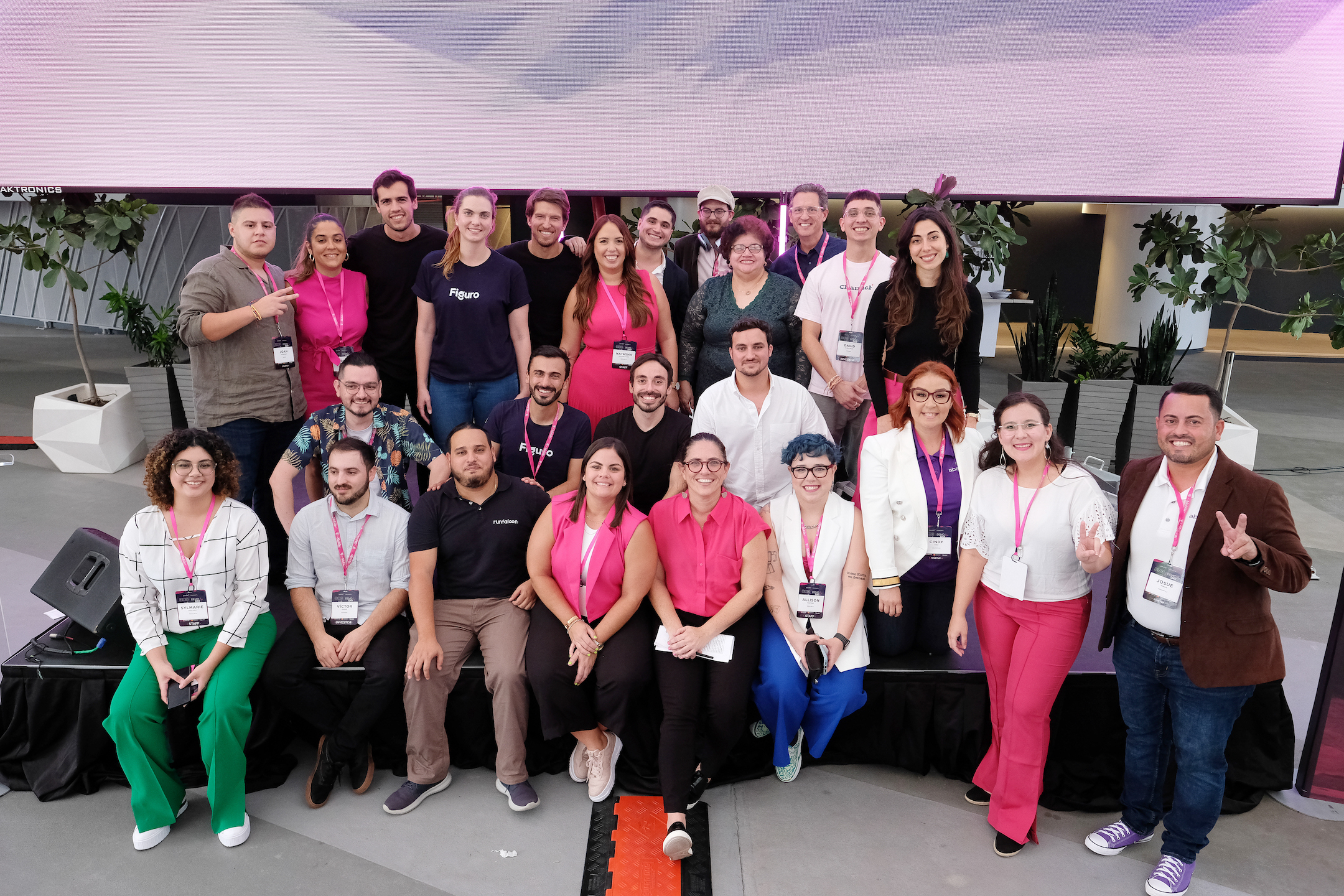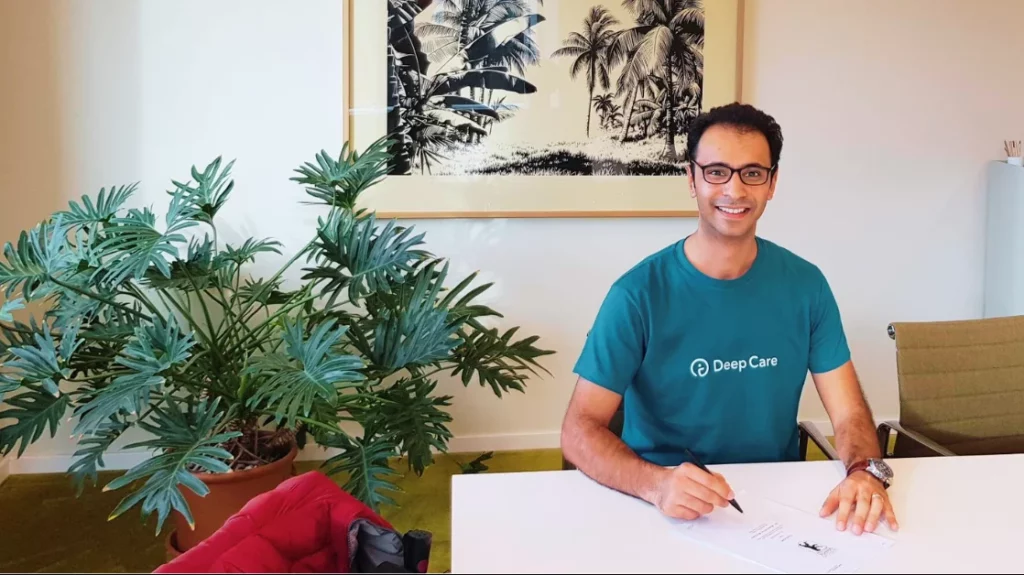Daniela Restrepo is an animated and proactive Colombian resident in Pereira, with studies in marketing and social communication. After gaining experience in a wide range of industries such as retail, fashion, marketing, sales, international brand management, and strategy execution, she has developed a strong passion for storytelling, strategic thinking, tracking the latest trends, and creating campaigns that showcase the personality of brands.
With over 9 years of experience, Restrepo currently works for different tech industries creating and executing PR strategies for companies and startups. She is a mentor at Founder Institute and contributes articles in media outlets such as Entrepreneur Magazine and Pulzo, among others.
In this interview, we focus on PR and media advice for executive women, entrepreneurs looking to improve their strategies, and those who are just starting out and need to understand how these sciences work to boost each venture.
Can you offer some advice for women entrepreneurs who want to start using PR for their venture? What would be the first steps to understand how to start connecting?
PR is an important element to improve the reach and value of a brand in front of all stakeholders. All corporate elements of the brand, from tone and personality, functional and emotional benefits, central message, ultimate goal, and even its reputation – if fully leveraged with internal and external audiences – can help increase the performance, credibility, and return of a brand or company.
Define your objective: What result do you expect or seek from your efforts through public relations? Is it exposure? Do you want to leverage your CEO? Are you looking for traffic to your website?
Define your audience: Before starting to create any PR strategy, you must clearly define who you are speaking to. Who are they? What interests them? What problems do they face? This will help you create narratives and angles that resonate with them.
Create relevant and engaging stories: Good PR is about telling a new, interesting, and engaging story around your industry. Identify the unique aspects of your venture and create consistent narratives that align with your purpose.
Identify the relevant media: Research the media that is relevant to your business, specialized publications, podcasts, influencers, among others. Look for opportunities to connect, build relationships, and collaborate with them, providing actionable perspectives.
Connect with journalists: As you identify your relevant media, look for journalists who cover topics related to your venture and industry. You can follow them on social media, initiate contact, and keep them updated on your venture’s news.
Create quality content: Creating quality content is a fundamental part of any PR strategy. Publish articles on your blog, create infographics, publish opinions about major news in your industry, among others. The key is to create content that is valuable and relevant to your audience.
Maintain an active presence on social media: Social networks like LinkedIn or Twitter are an excellent way to reach your audience and keep them updated.
Why and how can Social Media and Public Relations strategies create identity and credibility for my brand?
As mentioned earlier, recurrent and well-executed social media presence allows you to create relevant and useful content for your audience, which can increase your brand’s visibility and generate an emotional connection with followers.
On the other hand, a PR strategy keeps you in constant contact with journalists and media outlets, which can increase your brand’s exposure and establish it as a reliable source of information. Journalists often look for your venture’s previous presence in media to verify its credibility, and an effective PR strategy can ensure that your brand is present and seen positively in those media.
What are some strategies to facilitate meetings between investors and audiences?
- Attending events in your venture’s industry allows you to start building relationships, staying relevant, and being on the radar of investors and potential clients
- Apply to venture capital funds and investment programs in your country to present your venture and secure meetings with investors.
- Enrol in pre-seed accelerators that accompany you throughout the process and help you shape your ideas and final product/service.
- Monitor the networks of the investors you are targeting to understand their interests and preferences towards your venture.
- Create a calendar of relevant events for your industry and the investors you are seeking to provide more networking opportunities.
How do I identify which communication channels fit best with my business model?
As they say, if you don’t try, you’ll never know. This applies to the different resources available through a PR strategy, such as articles, blogs, podcasts, events, interviews, etc. All of these represent an opportunity to showcase your venture and your voice.
Many ventures prefer to speak in interviews or events, while others connect better with their audience through written articles. Therefore, I wouldn’t dare say that there is a specific channel for each business model. The more channels you explore and have a presence on, the better. Of course, always evaluate how closely it is linked to the goal you are trying to achieve with your PR actions.
How can I stand out to investors, press, and clients?
A solid PR strategy focused on brand awareness can definitely be key to obtaining multiple benefits when seeking investors. By implementing this strategy, you provide the press, investors, and potential clients with various sources of information about the news, capabilities, and services of your venture.
Brand presence is fundamental for any business, as it allows consumers to easily identify the company, its products or services in the market. In addition to improving brand visibility, it can help build the reputation of your venture and improve consumer trust, factors that are especially important when seeking investment.
What is the importance of the perception of the CEO’s image as accessible and approachable within storytelling?
The perception of the CEO’s image as accessible and approachable is crucial for a successful company. A CEO must be able to balance their leadership and business skills with the ability to learn and connect with their team on a personal level. Humility is essential to understanding that a company relies on teamwork and dedication from its employees.
In today’s business world, the image of a humane, inclusive, and values-driven CEO has become increasingly important. The way the CEO presents themselves to the public and how they relate to their team and the media is crucial to the perception of their company and their industry. A CEO who seeks to have an inclusive and positive impact not only on their company but on society as a whole is seen as an exceptional leader and is often admired by their employees and the community at large.
How can one challenge gender stereotypes through equal advertising, which includes gender perspective in communication?
This is an important business responsibility that can have a significant impact on society, the team, and the relationships between men and women and their roles within a company, giving equal value to both.
It can be achieved by avoiding traditional gender roles, implementing and executing diversity programs in different areas of the company, reflecting it in the company’s communications, empowering women in the teams to discover their potential, emphasizing gender equality as a premise and pillar of the company, and considering both genders during the decision-making process of every company process are some of the things that can be done to make a significant change from the inside out.
The rate of women’s entrepreneurship in Latin America in 2021 was described as one of the lowest according to the Mastercard Index of Women Entrepreneurs.
However, according to data provided by the World Bank, female entrepreneurship in Latin America has reached 50% by the year 2022, data that encourages us to share information that enables education related to the success of their projects, as well as to give visibility to them, so that the statistics grow in our favour each and every day.












